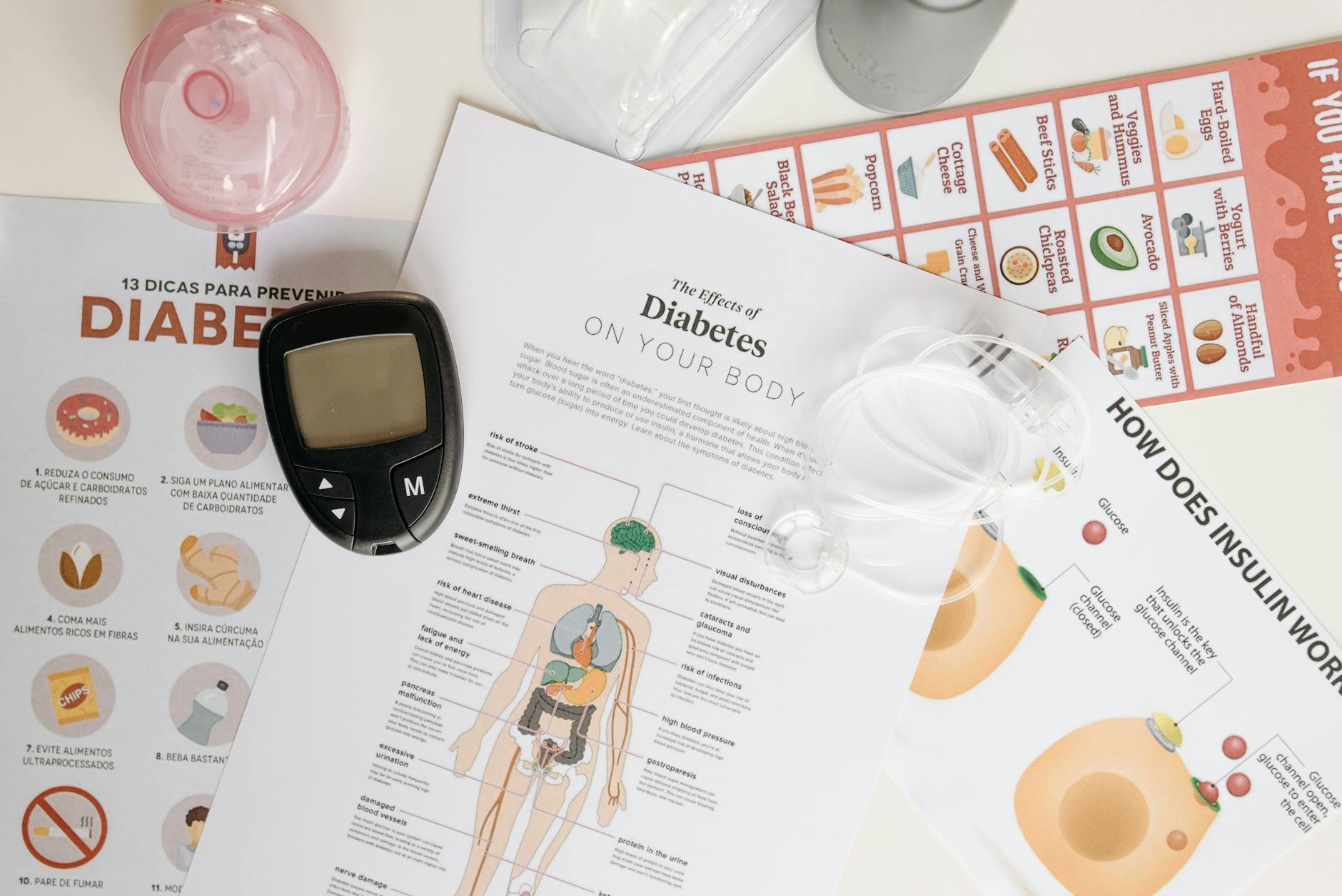Link: https://pubmed.ncbi.nlm.nih.gov/41052150/
An article published ahead of print by the Postgraduate Medical Journal dated October 6, 2025, shows that a systemic review and meta-analysis of several journal articles shows that acupuncture can have beneficial effects in diabetes.1
A systemic review is defined by the CDC as such:
“A systematic review attempts to collect and analyze all evidence that answers a specific question. The question must be clearly defined and have inclusion and exclusion criteria. A broad and thorough search of the literature is performed and a critical analysis of the search results is reported and ultimately provides a current evidence-based answer to the specific question.” 2
Consequently, a meta-analysis is defined as:
“a statistical method of combining results from numerous studies on a certain research question”3
What the authors of this study did, then, is to take the data from many studies and analyze said results together. They ended up looking at twenty studies with a total of almost 1500 patients. Their conclusions are stated as:
Acupuncture effectively reduces FBG, HbA1c, 2hPG, and HOMA-IR in patients with T2DM, but does not significantly affect insulin levels. Our study suggests that acupuncture may serve as a valuable complementary treatment for glycemic control in T2DM. Future research should focus on optimizing acupuncture protocols, assessing its long-term effects, and investigating the biological mechanisms behind its impact.4
Commentary:
Firstly, I would like to clarify that sometimes people equate the Chinese concept of wasting and thirsting (消渴) disease as diabetes. Some cases of diabetes mellitus does indeed present as “wasting and thirsting”, but the modern concept of diabetes is basically driven by bloodwork definitions. The idea of the two ideas having a one is to one relationship is not accurate.
Most importantly, what this means is that while acupuncture doesn’t seem to affect insulin levels, it does seem to consistently lower major diabetes diagnostics parameters such as fasting blood sugar and glycosylated hemoglobin (HbA1c). Off hand, I cannot determine what points were used in each study, but I’m assuming that extra point yishi is among them.
Thirdly, I would like to add that I have noticed that even if patients have controlled blood sugar levels, they sometimes still have diabetes symptoms such as peripheral neuropathy and/or nocturia, meaning they have some numbness at the feet (mostly), and get up several times at night to pee. Acupuncture can be very good in helping alleviate these symptoms even as the blood sugar is already controlled by medication.
Lastly, I have heard some patients express concern that they are afraid to take medicines for diabetes because they hear said medicines can harm their kidneys. I have always expressed that having a high blood sugar level or elevated blood pressure does more damage to the kidneys than the typical medications or herbs. The risk of kidney damage from meds is small compared to the risk of kidney damage from chronic high blood sugar and blood pressure. This is one time where you don’t want the sure thing.
All in all this kind of research gives patients options as to their choice of health care modalities. For me that is very important.
Thanks and see you guys next time.
Sources:
Ingram, O. (2025, January 15). Meta-Analysis – Definition, purpose and how to Conduct it. ResearchProspect. https://www.researchprospect.com/meta-analysis/
Li, N., Xu, G., Lin, J., Li, H., He, X., Huang, J., Du, X., Xiang, Z., Shi, Z., & Wang, Y. (2025). Effect of acupuncture for type 2 diabetes mellitus: a systematic review and meta-analysis of randomized controlled trials. Postgraduate Medical Journal. https://doi.org/10.1093/postmj/qgaf132
Systematic reviews. (2024, November 21). Stephen B. Thacker CDC Library. https://www.cdc.gov/library/research-guides/systematic-reviews.html
Dr. Tan-Gatue is a Doctor of Medicine, Certified Medical Acupuncturist and a Certified Traditional Chinese Medicine Practitioner.
He is currently a Clinical Assistant Professor at the University of the Philippines College of Medicine, Section Head of the Section of Herbology at the Department of Traditional Chinese Medicine of the Chinese General Hospital and Medical Center in Manila, and a member of the National Certification Committee on Traditional Chinese Medicine under the Philippine Institute of Traditional and Alternative Health Care under the Department of Health. He was just recently appointed Associate Editor-in-Chief of the World Chinese Medicine Journal (Philippine Edition) and elected to the Board of Trustees of the Philippine Academy of Acupuncture, Inc.
He can be reached at email@acupuncture.ph
Discover more from Acupuncture Manila Clinic of Philip Tan-Gatue, MD, CMA, CTCMP
Subscribe to get the latest posts sent to your email.

No responses yet